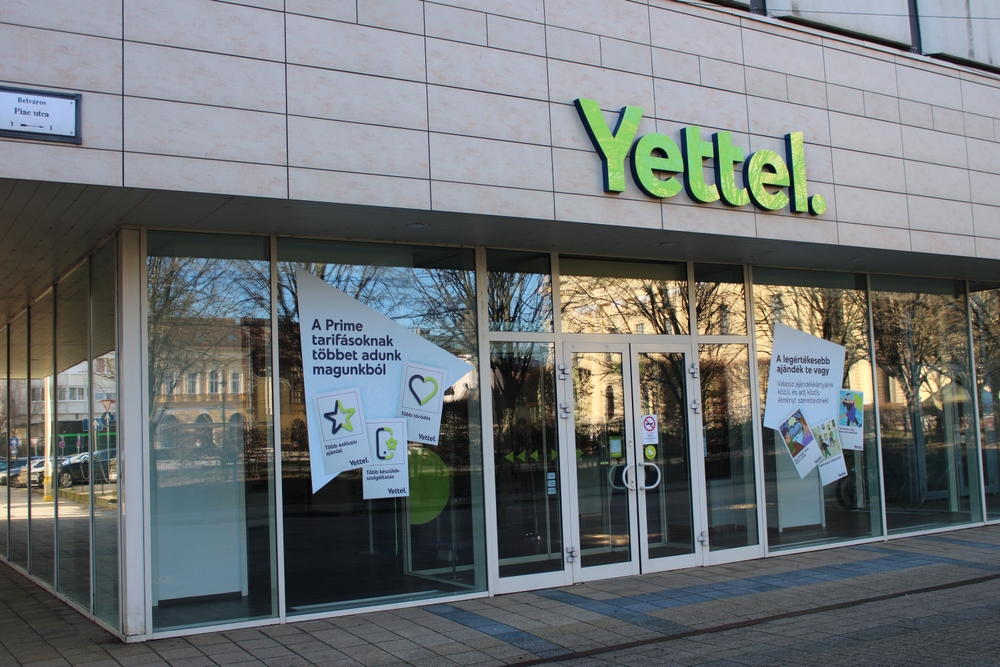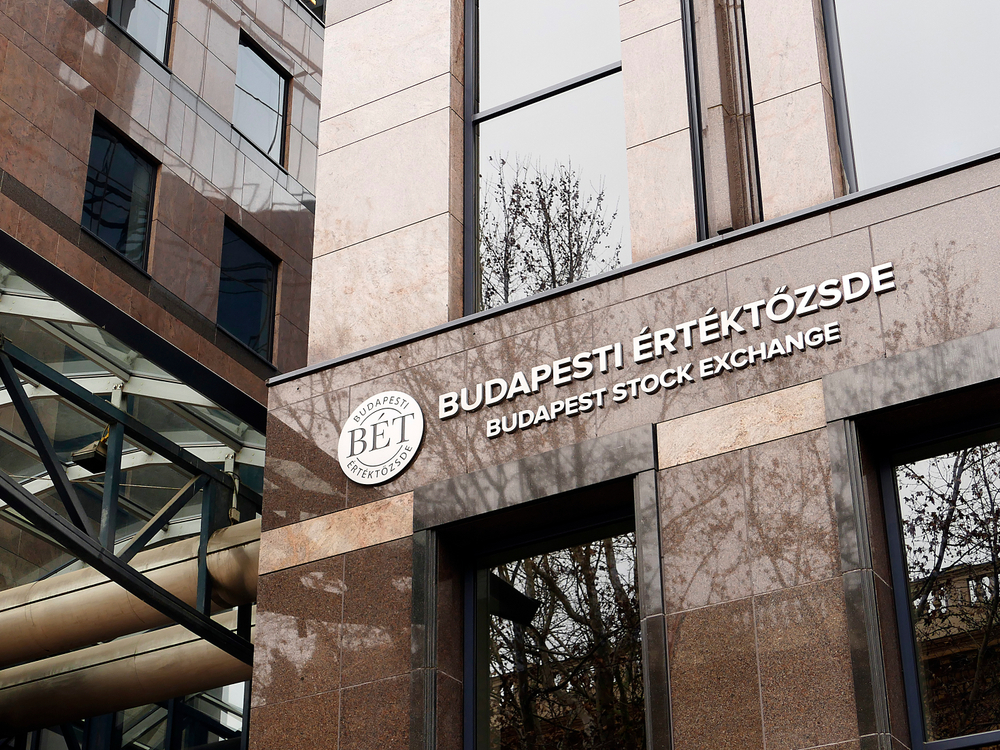Tax Cuts and Growth Incentives in Next Year’s Budget

MTI/Tamás Kovács
A number of tax cuts and incentives to boost growth are in the focus of the 2020 draft budget that was presented to the Parliament at the beginning of June. The plans, paired with the recently introduced economy protection action plan, are aimed at safeguarding the Hungarian economy from the impact of a global slowdown.
Mihály Varga, Minister of Finance, hands over the budget bill for 2020 to László Kövér, Speaker of the National Assembly, on June 4 in Parliament. Photo by MTI/Tamás Kovács.
Next year’s budget will focus on demographic policy and sustainable economic growth, said Minister of Finance Mihály Varga on June 4, when he submitted the document to Parliament.
As for the cornerstone figures of the draft, central expenditures come to HUF 21.791 trillion, with revenues set at HUF 21.424 tln. This will result in a central budget deficit of 1% of GDP, which is below the previously stated 1.5% in Hungary’s European Convergence Plan.
The draft has been based on 4% GDP growth for the next year, which is slightly above international (and some domestic) forecasts, which caution that the economy could somewhat loose is momentum in the coming years, in line with a global economic slowdown.
Inflation is expected at 2.8% in 2020 and the budget also contains HUF 225 billion in general reserves. Public debt is expected to fall to 66% of GDP by the end of next year.
The four main elements of the draft budget for 2020 are higher family subsidies, an economic protection action plan to protect the Hungarian economy from a global slowdown, lower taxes and increased defense spending. For the latter, the government has earmarked HUF 550.7 bln, up from this year’s HUF 428.7 bln.
Law and Education
As for public safety and law enforcement, the available amount will be HUF 919.5 bln, up from HUF 867.8 bln this year. The government plans to spend HUF 2.078 tln on education, which is HUF 48 bln more than in this year’s budget.
As for the much-criticized area of healthcare, next year’s draft budget includes HUF 1.968 tln, up from HUF 1.784 tln in 2019. For social expenditures, the planned budget is HUF 6 tln, which is also more than was earmarked for this purpose this year. Of this amount, pension care will take up HUF 3.580.5 tln. There is a strong focus on real estate and residential housing issues; for these purposes, the government plans to earmark HUF 707 bln in 2020.
Only a few days before the draft budget was submitted to the Hungarian Parliament, Varga came out with the economic protection action plan, which contains 14 points, and was created to shield the Hungarian economy amidst a possible (and quite likely) slowdown of the European and the global economy.
While the government still calculates with a 4% growth rate in 2020, the finance minister stressed that projections show that the growth of the European economy, including the eurozone and Germany, will slow. The government wants the Hungarian economy’s growth rate to remain at 2% above the average EU growth rate, Varga emphasized.
In order to assure the resilience of the Hungarian economy and maintain the sustainability of its current high growth rate, the government has come up with several tax cuts and also plans to reduce the administrative burden of companies.
Social Contributions
According to Varga, the social contribution tax will be reduced from 19.5% to 17.5% from July 1. The measure, which the minister said would leave HUF 144 bln with businesses this year and HUF 156 bln next year, is in line with an agreement reached by the government with employers and unions that links social contribution tax cuts to private sector wage growth from 2019.
Also, the advertising tax will be reduced to 0% until the end of 2022. The government wants to lower the Small Business Tax (KIVA) rate from 13% to 12% from January 1, 2020. The measure would leave HUF 5 bln with the estimated 40,000 businesses that opt to pay the tax. The KIVA rate is well over the 9% corporate tax rate, but KIVA companies enjoy a number of exemptions, Varga pointed out.
Administration would also be eased: the Simplified Business Tax (EVA) will be phased out, while other taxes will be consolidated.
In order to boost competitiveness, plans were announced to reduce the VAT on commercial accommodation from 18% to 5%, while at the same time introducing a 4% tourism contribution in the sector. There is a strong emphasis on research and development activities as well, so the government has allocated some HUF 32 bln more for supporting the area.
As part of the protection plan, a new residential government bond has also been released, the “Hungarian government securities plus” has an interest rate starting from 3.5% but rising to 6% by the end of the fifth year.
Numbers to Watch in the Coming Weeks
The Central Statistical Office (KSH) will release figures for the consumer price index for May today (June 7). Construction sector statistics for April will be out on June 14.
SUPPORT THE BUDAPEST BUSINESS JOURNAL
Producing journalism that is worthy of the name is a costly business. For 27 years, the publishers, editors and reporters of the Budapest Business Journal have striven to bring you business news that works, information that you can trust, that is factual, accurate and presented without fear or favor.
Newspaper organizations across the globe have struggled to find a business model that allows them to continue to excel, without compromising their ability to perform. Most recently, some have experimented with the idea of involving their most important stakeholders, their readers.
We would like to offer that same opportunity to our readers. We would like to invite you to help us deliver the quality business journalism you require. Hit our Support the BBJ button and you can choose the how much and how often you send us your contributions.








